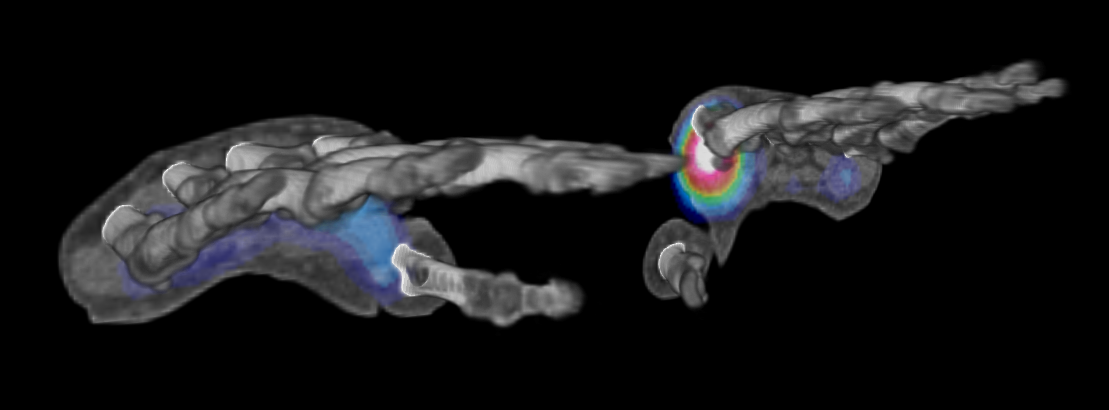

Phase IIA Study Brought to Successful Early Conclusion After Efficacy Results Announced
Our client, a mid-size European biotech company with innovative cell therapy treatments engaged IAG after interim analysis of the imaging data from a pilot phase IIa multi-centre proof of concept trial did not show strong evidence of efficacy. On the other hand, the clinical data showed substantial improvement in function and pain clearly indicating that the treatment was working.
Cell therapy is a new and complex treatment area, and in general there is a lack of well-designed clinical studies to make scientifically backed statements on potential benefits. To assess the treatment efficacy, it is paramount to engage specialists who are familiar with the therapy and therapeutic area being targeted.
For the assessment of imaging based biomarkers it is critical to collect the data of high quality, minimize result variability and utilize the right scoring which can adequately reflect the treatment efficacy.
In our assessment of the trial design and of the outcomes, IAG’s expert data team discovered that a single reader was assigned to analyse the images, the methodology chosen to analyze the imaging data was highly subjective and based on the expert radiology reader ‘quantifying’ changes on a discreet scale, e.g. 0,1,2,3 and filling out a very complex scoring paper form with multiple sections on various expected efficacy manifestations such as improvements in bone formation, fusion and other parameters.
To optimize the re-analysis process, we arranged for the transfer of CT and X-ray images to our private cloud image database within Dynamika platform. Here the images were quality controlled by IAG imaging experts and images of poor quality were separated from the images of adequate quality. Electronic Read CRFs were created to support the reads. A much more appropriate scoring system was chosen and optimized to conduct the reading.
IAG engaged two independent expert readers to independently review the images and enter scores in the eCRFs. They were trained and certified in the use of the scoring system, the eCRFs and the viewing platform. This ensured that systemic reader variation was minimised.
The readers were blinded to which patients were on therapy and which on standard of care treatment regime.
After the 2 readers had completed all reads, the results were statistically analyzed to reveal the most significant discrepancies. These were adjudicated using Dynamika screen sharing capability and according to IAG’s standard operating procedures for image review adjudication. The consensus adjudicated results were then compared with the original reader and a further 3-way round of adjudication was performed. The readers and adjudicator were able to view the same image on the screen and discuss the particularities of each case.
As a result of this process the number of subjects showing strong radiographic improvement increased from 40% to 60% and the remaining 40% showed evidence of improvement.
This has allowed the client to bring this phase of the development to an earlier than expected close and to begin planning the next phase pivotal study.
Working closely with our Bio-Partnering experts, our client was able to also sign an exclusive licensing agreement for the development and commercialization of their treatment in Asia.
By leveraging the image data management functionality of Dynamika, IAG’s highly skilled data management and bioinformatics teams, standard operating procedures and a global and world class network of image readers, we were able to produce validated and robust scores from a qualitative scoring system. This case study shows that s important to collect high quality and consistent images in a clinical trial, which our client had done. But without a robust and reproducible reading paradigm it will not be possible to draw strong conclusions.
